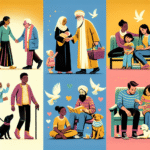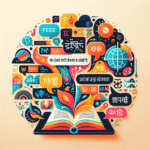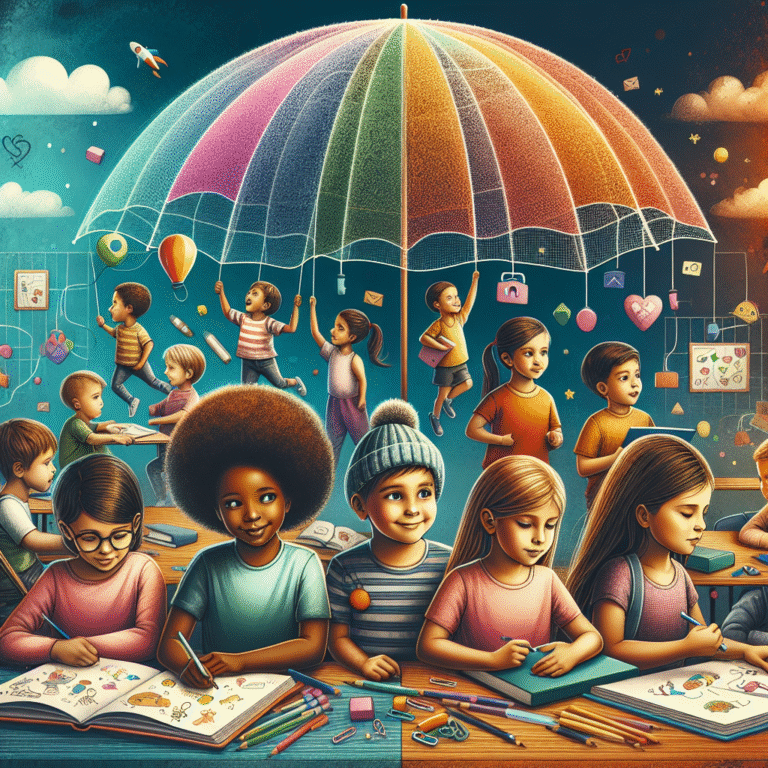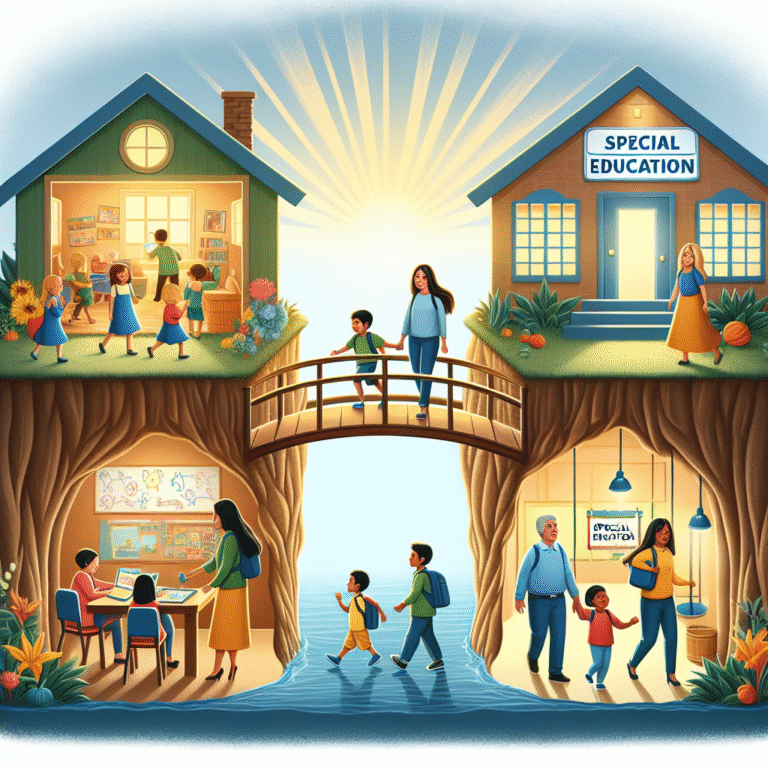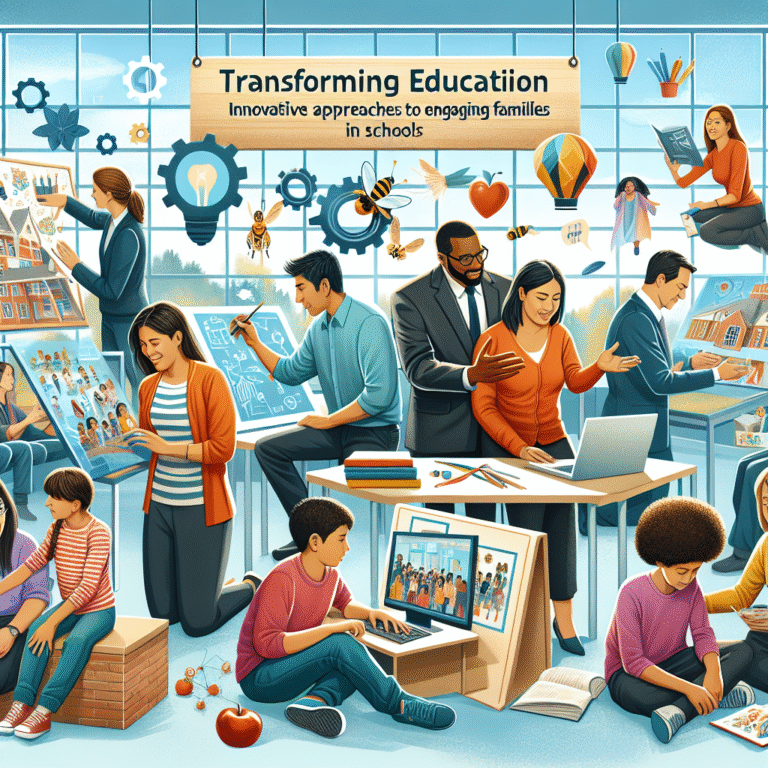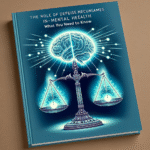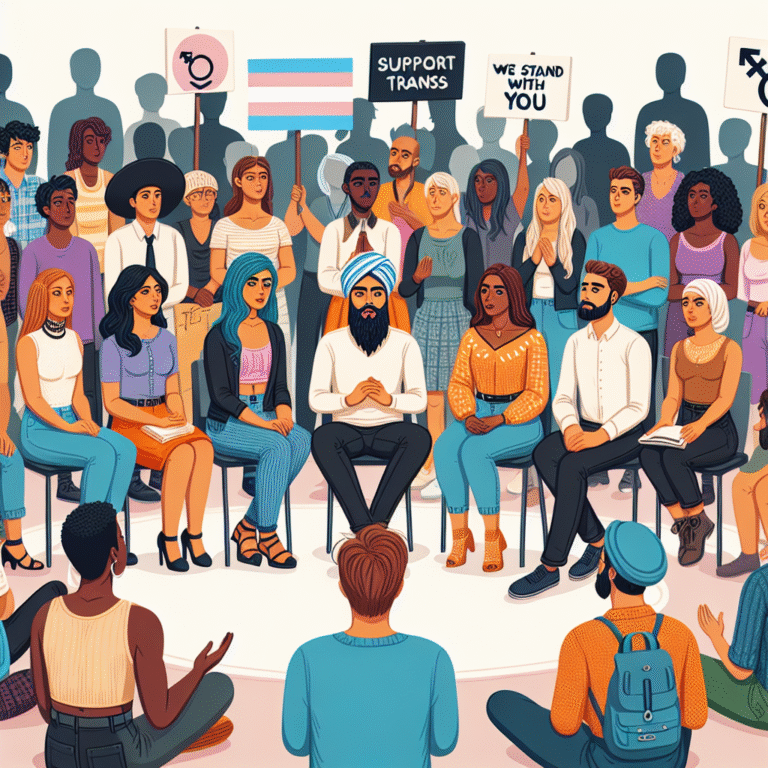
In an era marked by unprecedented globalization and cultural exchange, the importance of multicultural competence cannot be overstated. As our societies become increasingly diverse, the ability to navigate this cultural tapestry is not just an asset—it’s a necessity. This article, "Building Bridges: Enhancing Multicultural Competence in Today’s Global Society," delves into the art of fostering understanding, accepting differences, and practicing empathy in our daily interactions.
Introduction
Picture this: You’re sitting in a coffee shop, surrounded by people from various cultures, each with unique stories, languages, and perspectives. The air buzzes with excitement, laughter, and discussions in different tongues. This vibrant scene is not just a snapshot of modern urban life but a reflection of the world we inhabit today. Cultural diversity enriches our experiences, challenges our preconceptions, and ultimately, helps us grow. However, the question remains: How do we build bridges across these cultural divides to enhance our multicultural competence?
The answer lies in a multifaceted approach that combines education, empathy, and actionable strategies. In this compelling guide, we will explore practical ways to enhance multicultural competence, engage with real-world case studies, and provide readers with valuable insights to navigate the complexities of today’s global society.
Understanding Multicultural Competence
What is Multicultural Competence?
At its core, multicultural competence refers to the ability to interact effectively with individuals from diverse backgrounds. It involves understanding and appreciating cultural differences while being aware of one’s biases and preconceived notions.
Key Components of Multicultural Competence:
- Awareness: Understanding one’s own cultural background and biases.
- Knowledge: Gaining insights into other cultures, including beliefs, values, and practices.
- Skills: Developing effective communication and conflict resolution skills that respect cultural differences.
The Importance of Building Bridges
Building bridges is not merely a nice sentiment—it’s an essential strategy for fostering collaboration, innovation, and harmony in an increasingly global society. Research indicates that organizations that embrace multicultural competence often see enhanced creativity, better employee satisfaction, and improved overall performance.
Case Study: Google’s Diversity and Inclusion Initiative
In 2015, Google launched an initiative aimed at increasing diversity within the company. By fostering an inclusive culture that values diverse perspectives, Google has not only positioned itself as a leader in tech but has also created a workplace where employees feel valued and engaged. The initiative has shown that when organizations prioritize multicultural competence, they can build strong teams that drive innovation.
| Metric | Before Initiative | After Initiative |
|---|---|---|
| Employee Satisfaction Score | 75% | 90% |
| Diverse Hiring Rate | 20% | 40% |
| Innovation Projects Initiated | 10 | 25 |
Practical Strategies for Enhancing Multicultural Competence
1. Education and Training
One of the most effective ways to enhance multicultural competence is through education and training. Workshops that focus on cultural sensitivity, unconscious bias, and effective communication can equip individuals with the necessary skills to interact with diverse populations.
Actionable Step:
- Attend Workshops or Webinars: Engage in community events or online courses that focus on multicultural education.
2. Foster Open Dialogue
Encouraging open conversations about cultural differences can help dispel myths and combat stereotypes. Creating safe spaces allows individuals to share their experiences and perspectives.
Actionable Step:
- Initiate Cultural Exchange Programs: Establish forums where individuals from different backgrounds can speak about their cultures, fostering understanding and respect.
3. Leverage Technology
In today’s tech-savvy world, utilizing digital platforms can aid in promoting multicultural competence. Virtual reality experiences can immerse individuals in different cultural contexts, providing a firsthand understanding of diverse customs and practices.
Actionable Step:
- Use Language Learning Apps: Platforms like Duolingo or Babbel can help break down language barriers and enhance understanding.
4. Community Engagement
Engaging with local multicultural communities can enhance one’s understanding and appreciation of different cultures. Participate in cultural festivals, workshops, or community service projects that include diverse populations.
Actionable Step:
- Volunteer with Multicultural Organizations: Organizations like Habitat for Humanity often work with diverse communities. Volunteering here can provide meaningful interactions and experiences.
5. Promote Inclusivity in Leadership
Leadership plays a crucial role in fostering multicultural competence in organizations. Leaders should model inclusive behaviors, advocate for diversity, and create policies that celebrate cultural differences.
Actionable Step:
- Champion Diversity Initiatives: Support mentorship programs that pair leaders with individuals from diverse backgrounds.
The Role of Multicultural Competence in Conflict Resolution
Conflicts often arise from misunderstandings rooted in cultural differences. By enhancing multicultural competence, individuals and organizations can more effectively navigate conflicts and foster resolutions that respect all parties involved.
Case Study: The United Nations Mediation Efforts
The United Nations (UN) has been at the forefront of international conflict resolution. Their approach emphasizes cultural understanding and empathy, fostering dialogue among conflicting parties to find common ground. This methodology illustrates that building bridges through multicultural competence can lead to peaceful resolutions.
| Conflict Type | Resolution Efforts Importance | Outcome |
|---|---|---|
| Political Conflicts | High | Peace Agreements Signed |
| Social Conflicts | Moderate | Community Reconciliation |
| Ethnic Conflicts | Essential | Long-term Stability |
Overcoming Barriers to Multicultural Competence
While fostering multicultural competence is crucial, it is essential to acknowledge the barriers that may hinder this development. Common barriers include:
- Prejudice and Stereotyping: Deep-rooted biases can cloud judgment and hinder openness to other cultures.
- Lack of Exposure: Limited interaction with diverse populations can reinforce stereotypes and misconceptions.
- Fear of Miscommunication: Individuals may avoid engagement due to fear of unintentional offense.
Strategies to Overcome Barriers
- Self-Reflection: Encourage individuals to engage in self-reflection, addressing personal biases and assumptions.
- Mentorship: Pairing individuals with mentors from diverse backgrounds can enhance understanding and facilitate cultural exchange.
- Create Inclusive Policies: Organizations should implement policies that promote diversity and inclusion, ensuring that everyone feels valued and respected.
Conclusion
As we navigate the complexities of today’s global society, the imperative for multicultural competence becomes increasingly clear. By actively engaging in building bridges, we can foster understanding, empathy, and collaboration among diverse populations. Whether through education, community involvement, or open dialogue, each step taken toward enhancing multicultural competence is a step toward a more inclusive and harmonious world.
Actionable Insights:
- Engage in Continuous Learning: Seek out opportunities for education and training in multicultural competence.
- Participate in Cultural Exchanges: Gain firsthand experiences that broaden your perspectives.
- Advocate for Inclusive Policies: Support initiatives that promote diversity in your community or workplace.
By following these insights, we can collectively contribute to a more open and understanding world—a world where differences are celebrated, and bridges between cultures are built.
FAQs
1. What is the difference between multicultural competence and cultural competence?
Multicultural competence encompasses a broader understanding of various cultures and identities, while cultural competence typically focuses on the ability to interact effectively within and respect a specific culture.
2. How can organizations measure multicultural competence among their employees?
Organizations can measure multicultural competence through surveys, feedback mechanisms, and evaluations of training effectiveness, assessing changes in attitudes and behaviors over time.
3. Why is multicultural competence essential in today’s workplace?
Multicultural competence is essential as workplaces are becoming more diverse. It enhances collaboration, innovation, and employee satisfaction while reducing conflicts and misunderstandings.
4. What role does empathy play in multicultural competence?
Empathy allows individuals to understand and appreciate others’ experiences and perspectives, serving as a vital component in building bridges and fostering meaningful connections between cultures.
5. How can individuals begin their journey toward enhancing multicultural competence?
Individuals can start their journey by seeking educational resources, participating in community cultural events, and engaging in conversations that challenge their biases and promote understanding.
Through conscious effort and action, we can all contribute to "Building Bridges: Enhancing Multicultural Competence in Today’s Global Society." Let’s embrace this journey together!
